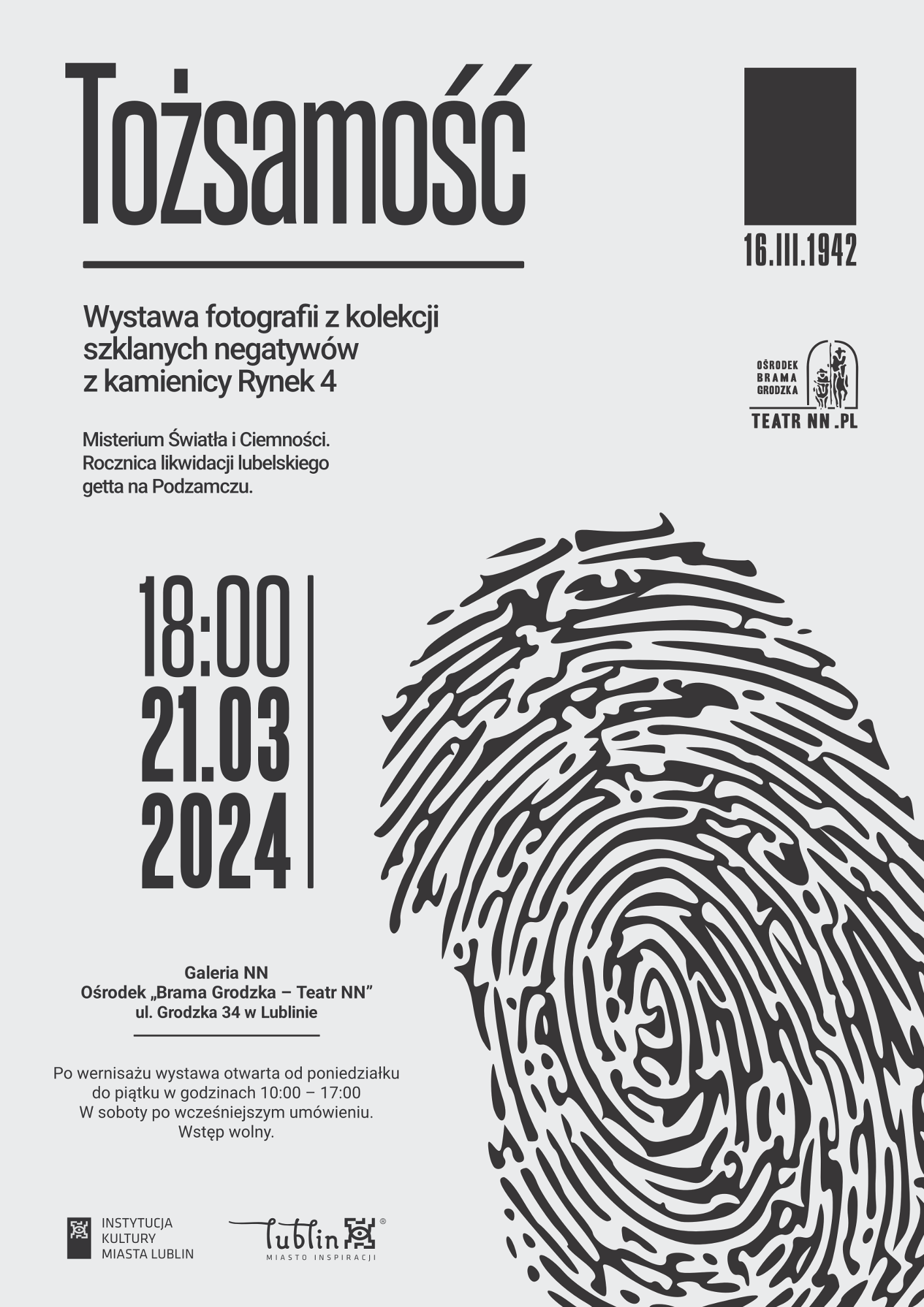Nimrod Szalom Ariav (Szulem Cygielman) was born on September 24, 1926 in Lublin. Died on August 3, 2023 in Israel.
Articles with keyword "Jews in Bełżyce"
The earliest mention of the settlement of Bełżyce is found in a document from 1349, in which King Casimir III the Great, at the request of the then owner Rafał of Tarnów of the Leliwa coat of arms, subjected the village to the Magdeburg law (previously it had been governed according to the local Polish law). The town of Bełżyce was incorporated pursuant to the Magdeburg Law in 1417 by Jan Tarnowski. Initially, the town’s government and judiciary were to be modelled on those in Lublin.
Almost from the very beginning, the town was multi-ethnic and multi-denominational. Perhaps as early as in the 1420s, and certainly since the first half of the 16th century, Jews began to settle in Bełżyce alongside the Catholic and Christian Orthodox population.











